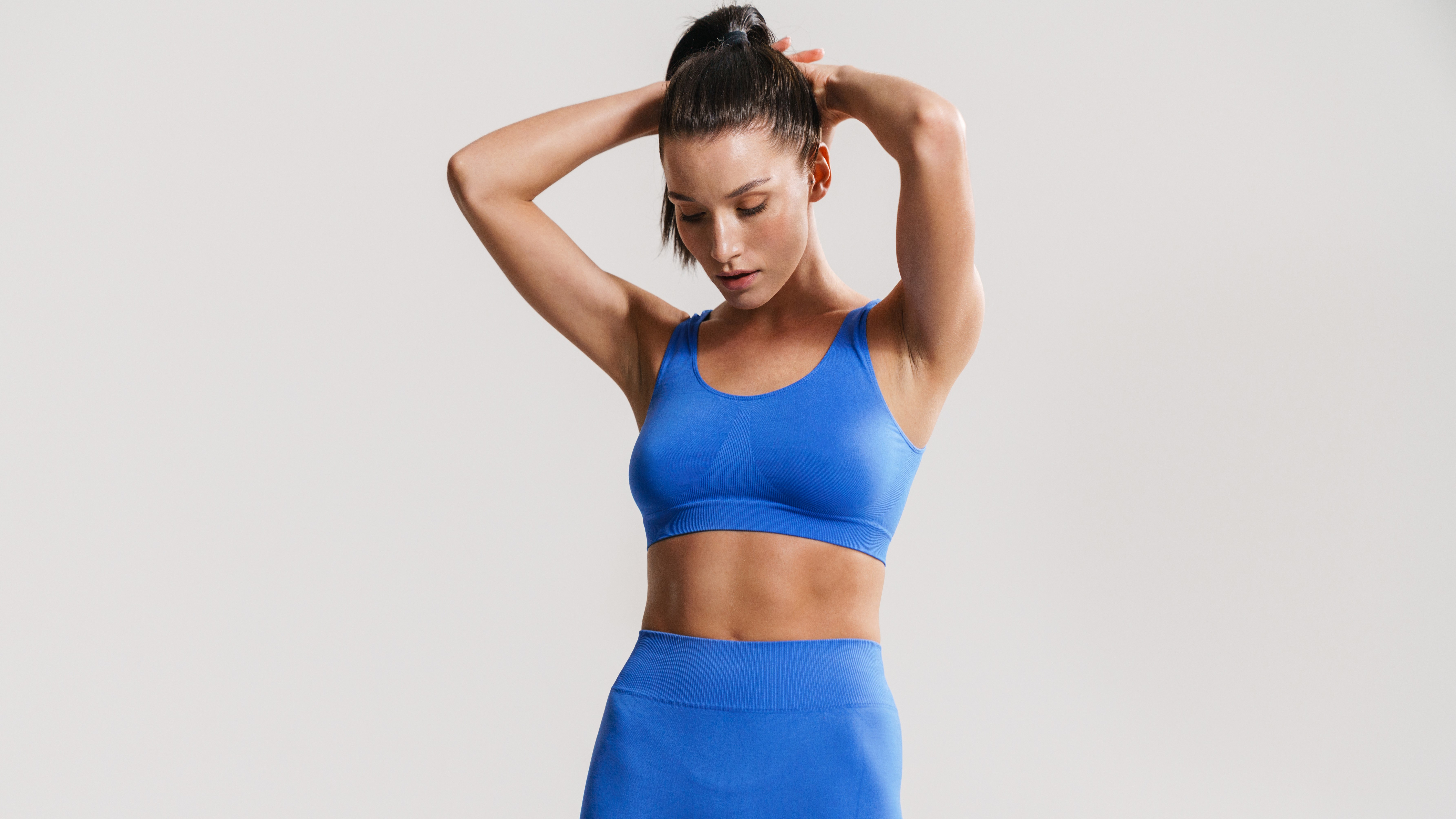I did a standing bird dog every day for a week — here’s what happened to my abs
This tough variation on the popular core move is a real balancing act

As the years pass and as I spend more time working at a desk, I’ve become increasingly conscious of my posture and core strength. When I’m old(er), I want to walk tall wherever I go — not because of some recent accomplishment, but because my core muscles will still be strong and working hard. I also want to be able to balance on one leg, if only to show I can balance on one leg (aside from impersonating a flamingo, the practical applications are limited). For those reasons, and others, the standing bird dog is an ideal exercise. It’s not the easiest, but it’s worth the effort and occasional wobble.
What is the standing bird dog?
The basic bird dog exercise is a body-weight move that works an impressive range of muscles, including the erector spinae, which extend from the neck along the full length of the spine; the glutes; and the rectus abdominis muscles (the “six pack”). It’s a core-strengthening move, which I’m all for, but I wasn’t all that impressed when I did it for a week for Tom’s Guide.
The standing variation, on the other hand, is an exercise I can sign up for.
How do I do the standing bird dog?
This one requires patience, as it’s quite likely you’ll tip to one side or the other when balancing (at least at first), so make sure you’re clear of tables, countertops, and people who could see you fall and find it hilarious. You may feel more secure standing close to a wall so you can reach out to steady yourself. As you become more confident and stronger, ditch the support system.
- Begin by standing tall, feet close together, but not touching. Your arms should be by your sides.
- With your left leg planted, brace your core, exhale and hinge forward at the hips. As you do so, raise your left arm straight ahead of you and your right leg straight behind you. Your right arm should remain by your side, palm touching the outside of your right thigh.
- Continue to hinge forward until your torso is parallel to the floor (this may not be possible to begin with — don’t worry). Maintain a straight back to get the most from the move and to aid your balance.
- When you are set in the hinged position, reach out with the fingertips of your raised hand, as if something (maybe a holy grail of some kind) is just out of reach. At the same time, try to straighten your raised leg and lift it a little more. You can maintain a slight bend in the knee of your standing leg — the idea is that your body will eventually form a letter T shape. If you have trouble balancing, focus on a point on the floor just ahead of you.
- Hold for a second, then, maintaining that straight torso, return to start position. That’s one rep. Start off with five on each side for one set, and aim for three sets. Take your time. You’ll get there. Remember to breathe normally throughout.
Here’s what happened when I did the standing bird dog for a week
I knew this one would cause me some problems, as I’m far better at balancing on my left leg than on my right (don’t ask how I know; it’s a long and dull story). But I was determined to nail the move
Perseverance is a wonderful thing… eventually
On the first day, I aimed to hold the position for about three seconds on each rep. I was not always successful. Occasionally I’d lose balance and have to reset. I decided this was just fine for such an unusual move. I mean, how often in daily life do we lean at the hips while extending an arm and a leg? (If you answer “fairly often” to this question, you may be a drinking bird toy.)
So I persevered, trusting my body would respond. And it did. From three seconds, I went to five seconds in the hinged position and was soon able to fully straighten my standing leg, which delivered a wonderful stretch in the hamstrings. On the final day, rather than focus on reps, I decided to see how long I could hold the position on each leg: I managed 50 seconds, left and right.
Get instant access to breaking news, the hottest reviews, great deals and helpful tips.
The point of this move is not necessarily being able to hold the hinged position for longer as you improve, but doing so did indicate my balance had improved and my muscles were acting in concert. It was a deeply gratifying feeling. You could also gauge improvement by upping your reps. By the end of the week, I was up to three sets of 10 on each side.
This is a superb exercise
I expected the challenge to my balancing ability, but I was surprised by how much this move worked my muscles, and how quickly. I immediately felt it along my back and deep in my core. By focusing on the raised leg to try to get it parallel to the floor, my glute muscles were properly brought into play. When you do this, you may feel it in your lower back, so if you have problems in that area, avoid this exercise until you get the all-clear from a medical professional. There are, of course, many other ways to work your glutes, such as the glute bridge march or the sumo squat.
At the other end of things, by further raising my arm and reaching to achieve the T shape, I felt the move in my upper back. This exercise really packs a full-body punch.
I’m sticking with it
I have no hesitation in recommending this move. It doesn’t look like much (those among you who practice yoga will probably find it easy and wonder what all the fuss is about), but it’s one of the best new (to me) exercises I have tried and it will never be easy, which is a huge part of its appeal. I know the standing bird dog is going to improve my balance, stability, and overall strength, and I’m also sure I could now flush pheasants into the open, should the need arise. What more could I ask for?
More from Tom's Guide
- Forget sit-ups — this abs shredder workout sculpts your core in 5 exercises with just 1 dumbbell
- Forget sit-ups — this abs-on-fire workout sculpts your core using just 4 exercises
- Forget Russian twists — 5 standing ab exercises that sculpt your core with one kettlebell
John is a writer and editor based in London. He was worked for magazines such as Runner’s World, Men’s Health, Women’s Health and Cosmopolitan. A keen runner, what he lacks in ability he makes up for with enthusiasm and excuses.


